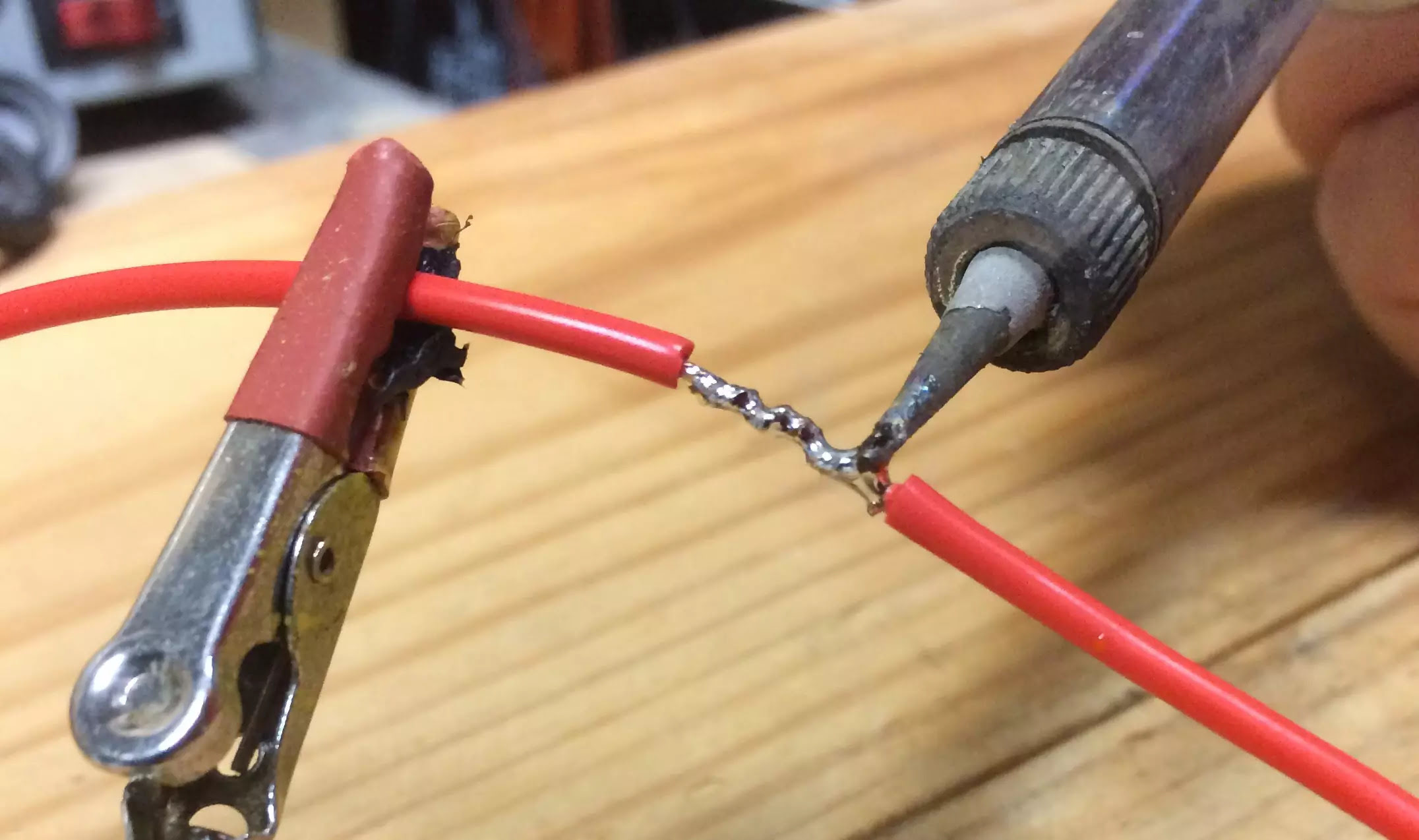

Articles
How To Lengthen An Electrical Wire
Modified: January 19, 2024
Need to lengthen an electrical wire? Check out our informative articles on how to safely extend and modify electrical wires for your DIY projects.
(Many of the links in this article redirect to a specific reviewed product. Your purchase of these products through affiliate links helps to generate commission for Storables.com, at no extra cost. Learn more)
Introduction
When it comes to electrical wiring, there may be instances where you find yourself needing to lengthen an electrical wire. Whether you are installing a new light fixture, extending a power cord, or relocating an outlet, knowing how to properly lengthen an electrical wire is essential for a safe and efficient electrical installation. However, it is important to approach this task with caution, as improper techniques can lead to electrical hazards and even fires.
Before diving into the process of lengthening an electrical wire, it is crucial to understand the factors that need to be considered. This includes assessing the voltage and amperage of the circuit, determining the type and gauge of the existing wire, and planning for the required length of the extended wire. Additionally, having the necessary tools and materials on hand ensures a smooth and successful wiring extension.
In this article, we will guide you through the step-by-step process of lengthening an electrical wire, while also highlighting important safety precautions and common mistakes to avoid. By following these guidelines, you can confidently undertake this task and ensure a reliable and secure electrical connection.
Key Takeaways:
- Prioritize safety and adhere to important precautions when lengthening electrical wires to minimize the risk of accidents and ensure a reliable electrical connection.
- Consider factors such as voltage, wire type, and load calculation, and follow a step-by-step guide to confidently and effectively lengthen electrical wires for safe and efficient installations.
Read more: How To Lengthen Blinds
Factors to Consider Before Lengthening an Electrical Wire
Before embarking on the process of lengthening an electrical wire, it is important to take several factors into consideration. These factors will help ensure that the electrical connection remains safe and efficient. Here are some key considerations:
- Voltage and Amperage: Understanding the voltage and amperage of the circuit is crucial. Make sure to match the extended wire with the same voltage and amperage as the existing wire.
- Type and Gauge of Wire: Determine the type and gauge of the existing wire. It is important to match the extended wire with the same type and gauge to maintain the integrity of the electrical connection.
- Length of Extension: Carefully measure the length of wire needed for the extension. Ensure that there is enough wire to reach the desired destination without straining or stretching the wire.
- Electrical Code Compliance: Familiarize yourself with the electrical codes and regulations in your area. Make sure that all the necessary permits and inspections are obtained to ensure compliance.
- Load Calculation: Consider the electrical load that the extended wire will be carrying. Ensure that the wire can handle the expected load without overheating or causing any issues.
- Accessibility: Assess the accessibility of the wiring area. Make sure that there is enough space to safely work on the wires without any obstructions.
By taking these factors into account, you can ensure that the lengthening of the electrical wire is done in a safe and effective manner. Remember, it is always best to consult a licensed electrician if you are unsure about any aspect of the process.
Tools and Materials Needed
Before you begin the process of lengthening an electrical wire, it is important to gather the necessary tools and materials to ensure a smooth and successful installation. Here is a list of the tools and materials you will need:
- Wire cutters: These are used to cut the existing wire to the desired length and to strip the insulation from the wire ends.
- Wire strippers: These specialized tools are essential for cleanly and safely removing the insulation from the wire ends.
- Wire connectors: Also known as wire nuts, these connectors are used to join the existing wire with the extended wire.
- Electrical tape: This is used to secure the wire connectors and provide an extra layer of insulation.
- Voltage tester: A voltage tester is necessary to ensure that the electrical circuit is de-energized before working on the wires.
- Wire nuts: These are used to securely fasten the wires together, ensuring a reliable electrical connection.
- Electrical box extension: If you are extending a wire that is connected to an electrical box, you may need an electrical box extension to accommodate the additional wire length.
- Electrical wire of the same type and gauge: Ensure that you have enough wire to lengthen the existing wire to the desired length.
- Eyewear and gloves: Safety should always be a priority when working with electrical wires. Protect your eyes with safety glasses and your hands with gloves.
It is important to note that the specific tools and materials needed may vary depending on the nature and scope of the project. Always consult with local electrical codes and regulations to ensure that you are using the appropriate tools and materials for your specific situation.
By having the necessary tools and materials prepared, you can ensure a smoother and safer process of lengthening an electrical wire.
Step-by-step Guide to Lengthening an Electrical Wire
Lengthening an electrical wire may seem like a daunting task, but by following a step-by-step guide, you can accomplish it safely and effectively. Here is a simple guide to help you through the process:
- Prepare: Begin by gathering all the necessary tools and materials mentioned earlier. Ensure that the power to the circuit you are working on is turned off at the circuit breaker.
- Measure and cut: Measure the length of wire needed for the extension and use wire cutters to cut the existing wire to the desired length.
- Strip the wire: Use wire strippers to remove approximately 3/4 inch of insulation from the ends of the existing wire and the extended wire.
- Join the wires: Hold the stripped ends of the existing wire and the extended wire together, matching the corresponding colored wires. Twist a wire connector onto the joined wires, ensuring a secure and tight connection.
- Secure the connection: Wrap electrical tape around the wire connector to provide added insulation and secure the connection.
- Test the connection: Double-check that all the wire connections are secure and properly insulated. Use a voltage tester to ensure the circuit is de-energized before proceeding.
- Secure the wires: Use wire clips or electrical staples to secure the extended wire to the wall or surface, following the appropriate safety guidelines and instructions.
- Restore power: Once all the connections are secure, restore power to the circuit by turning the breaker back on. Test the functionality of the extended wire to ensure it is properly working.
It is important to note that this guide is a general overview, and the specific steps may vary depending on the nature and complexity of your electrical wiring project. Always consult with local electrical codes and regulations, and consider seeking professional assistance if you are unsure of any step in the process.
By following this step-by-step guide, you can confidently lengthen an electrical wire and achieve a safe and reliable electrical connection.
When lengthening an electrical wire, always use wire connectors that are rated for the specific wire gauge being used. This will ensure a safe and secure connection.
Important Safety Precautions
Working with electrical wires can be potentially hazardous if proper precautions are not taken. To ensure your safety and the safety of others, it is crucial to follow these important safety precautions when lengthening an electrical wire:
- Turn off the power: Before starting any work, always turn off the power to the circuit you are working on at the circuit breaker. Use a voltage tester to verify that the circuit is de-energized.
- Wear the appropriate protective gear: Always wear safety glasses or goggles to protect your eyes from any debris or flying particles. Additionally, wear insulated gloves to protect your hands from electrical shock.
- Use the right tools and materials: Ensure that you have the correct tools and materials for the job. Using improper tools or materials can lead to accidents or faulty connections.
- Handle wires carefully: Treat all electrical wires as if they are live. Avoid touching exposed wires or metal parts while the circuit is energized.
- Avoid working alone: Whenever possible, have someone else present while you are working on electrical wiring. In case of an emergency, they can assist or call for help.
- Properly secure wire connections: Make sure that wire connections are secure and insulated using wire connectors and electrical tape. This helps prevent electrical hazards such as short circuits or electrical shocks.
- Follow electrical codes and regulations: Familiarize yourself with the electrical codes and regulations in your area. Ensure compliance with safety standards, such as proper wire gauges and conduit requirements.
- Seek professional assistance when needed: If you are uncertain about any aspect of the process, it is always best to consult a licensed electrician. They have the expertise and knowledge to handle electrical tasks safely and effectively.
Remember, safety should always be a top priority when working with electrical wires. By adhering to these safety precautions, you can minimize the risk of accidents and ensure a secure and hazard-free electrical installation.
Read more: What Is 4 Wire Electrical Wire
Common Mistakes to Avoid
When lengthening an electrical wire, it is important to avoid common mistakes that may lead to safety hazards or faulty connections. By being aware of these mistakes, you can ensure a successful and reliable electrical installation. Here are some common mistakes to avoid:
- Not turning off the power: Failing to turn off the power at the circuit breaker can result in electrical shocks or short circuits. Always double-check that the circuit is de-energized before beginning any work.
- Incorrect wire connections: Failing to properly connect and secure wires can lead to loose connections, sparks, and potential fire hazards. Take the time to ensure that wire connections are tightly twisted and secured with wire connectors.
- Using the wrong wire gauge: Using a wire with an incorrect gauge can result in overheating, which can damage the wire insulation and potentially cause a fire. Always match the gauge of the extended wire with the existing wire.
- Insufficient wire insulation: Forgetting to properly insulate wire connections with electrical tape can expose the conductor and increase the risk of electric shock or short circuits. Be sure to wrap electrical tape tightly around wire connectors to provide adequate insulation.
- Overstretching the wire: Avoid pulling or stretching the wire beyond its capacity. Overstretching can damage the wire, compromise its integrity, and cause electrical hazards. Ensure that the extended wire has enough slack to reach its intended destination without strain.
- Failure to follow electrical codes: Neglecting to comply with electrical codes and regulations can lead to inadequate installations and potential violations. Always familiarize yourself with the local electrical codes and follow them accordingly.
- Working without proper knowledge or skills: Attempting to perform electrical work without the necessary knowledge and skills can be dangerous. If you are unsure about any aspect of the process, seek professional assistance from a licensed electrician.
By avoiding these common mistakes, you can ensure a safe and reliable electrical wiring extension. Take your time, follow the proper procedures, and prioritize safety throughout the process.
Conclusion
Lengthening an electrical wire may seem like a daunting task, but with the right knowledge and precautions, it can be done safely and effectively. By considering factors such as voltage, wire type, and load calculation, you can ensure a successful wiring extension. Additionally, having the necessary tools and materials, following a step-by-step guide, and adhering to important safety precautions are essential for a smooth installation.
Throughout the process, it is important to prioritize safety. Always remember to turn off the power, wear protective gear, and handle wires carefully. Avoid common mistakes such as incorrect wire connections, using the wrong wire gauge, or neglecting proper insulation. By being attentive to these details, you can minimize the risk of accidents and ensure a reliable electrical connection.
If you are uncertain about any aspect of lengthening an electrical wire, it is always recommended to seek professional assistance from a licensed electrician. They have the expertise and knowledge to guide you through the process and handle complex electrical tasks.
By following the guidelines outlined in this article, you can confidently undertake the task of lengthening an electrical wire and ensure a safe and efficient electrical installation. Remember, electrical work should always be approached with caution and respect for the inherent risks involved.
Frequently Asked Questions about How To Lengthen An Electrical Wire
Was this page helpful?
At Storables.com, we guarantee accurate and reliable information. Our content, validated by Expert Board Contributors, is crafted following stringent Editorial Policies. We're committed to providing you with well-researched, expert-backed insights for all your informational needs.
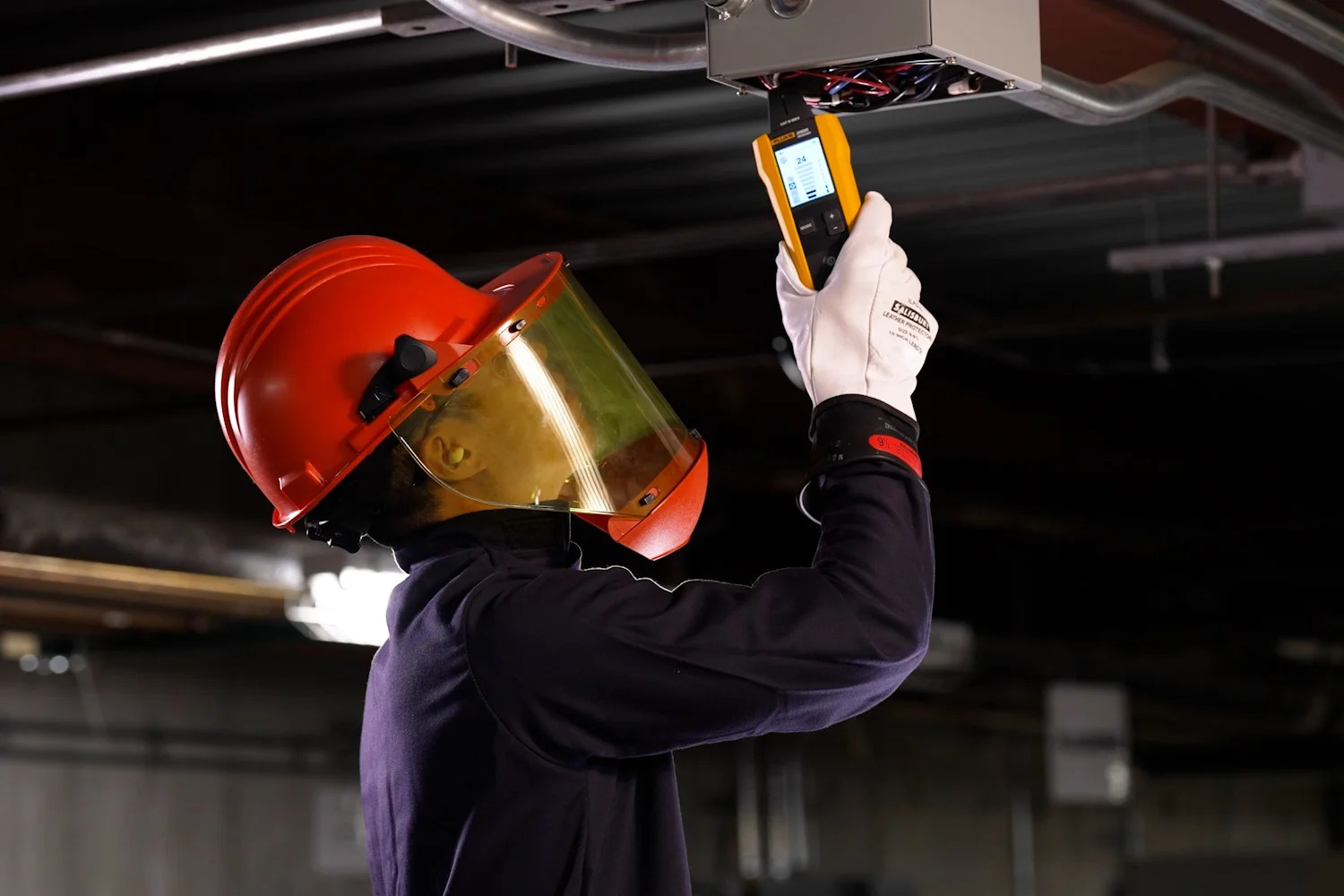
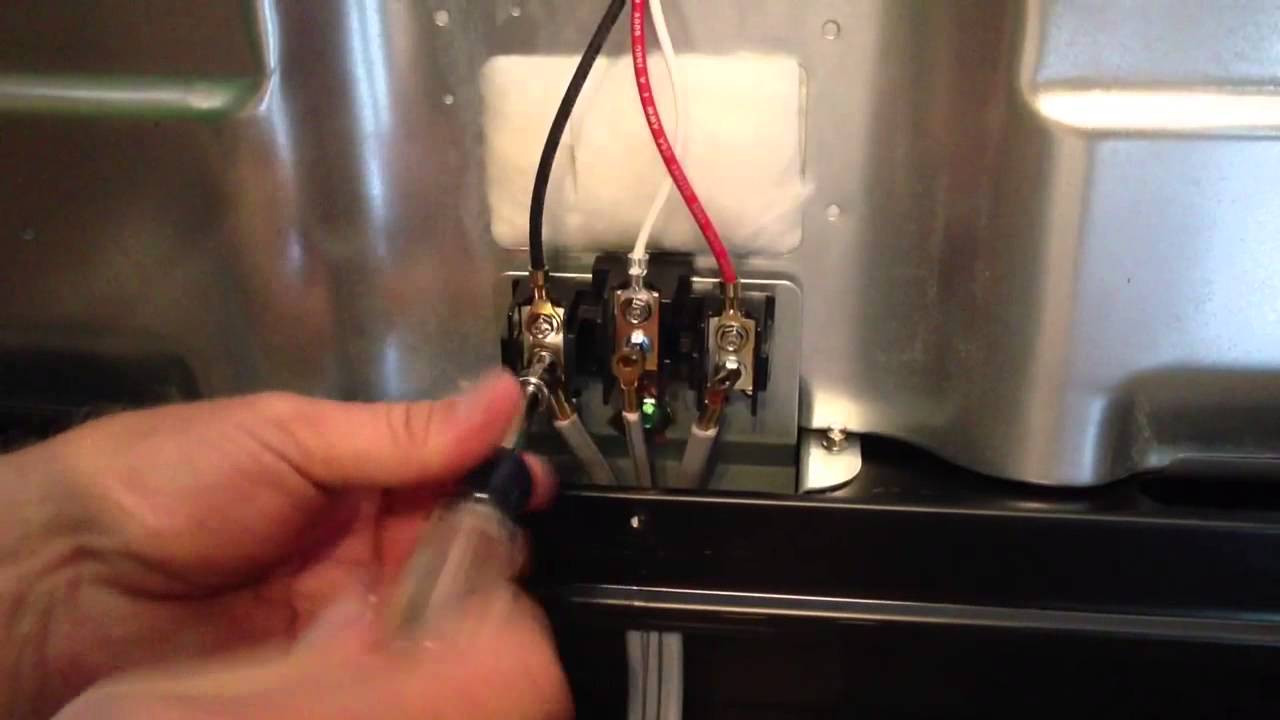
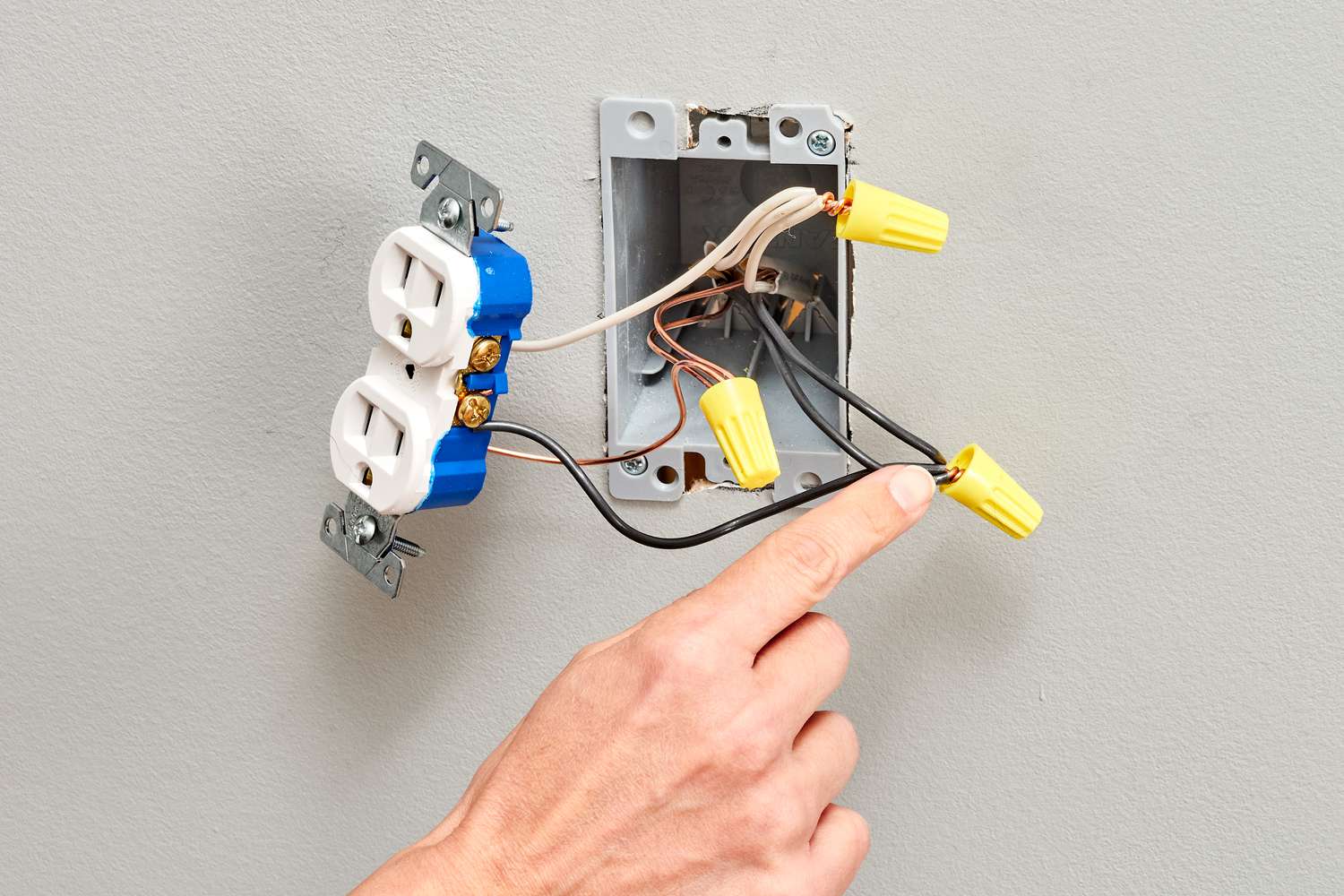
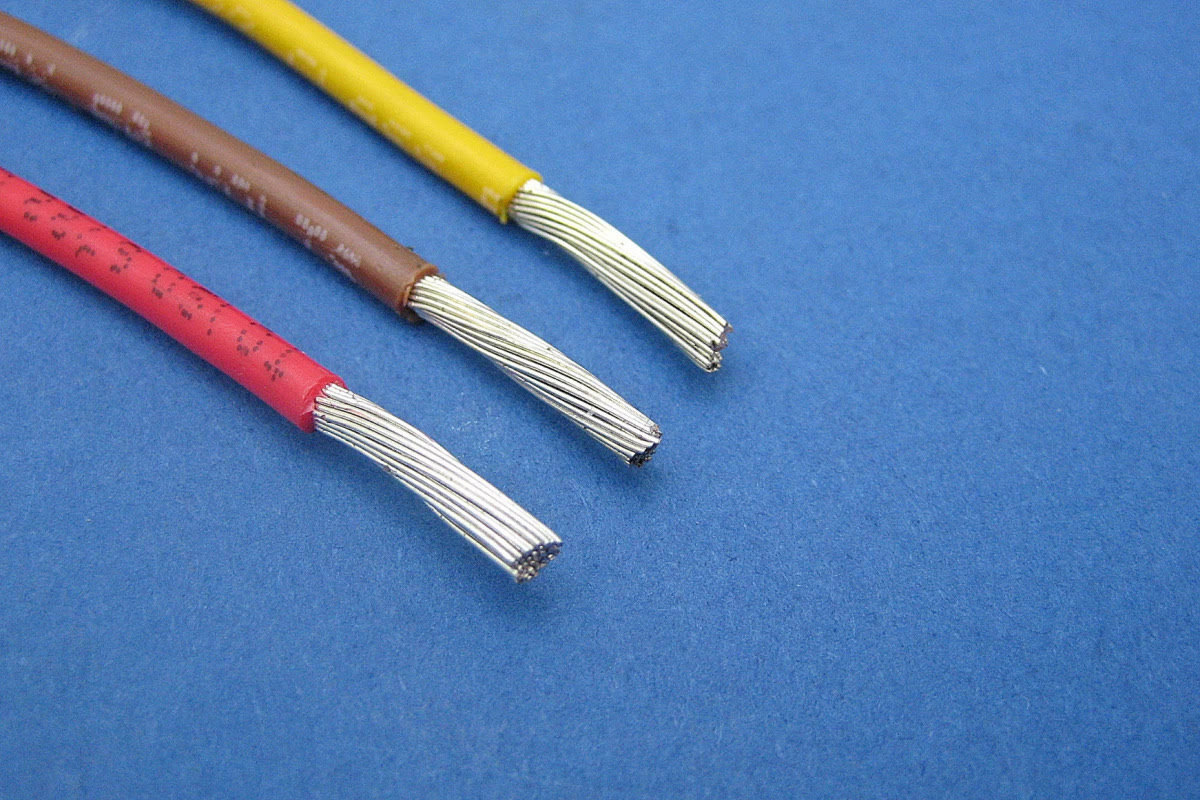
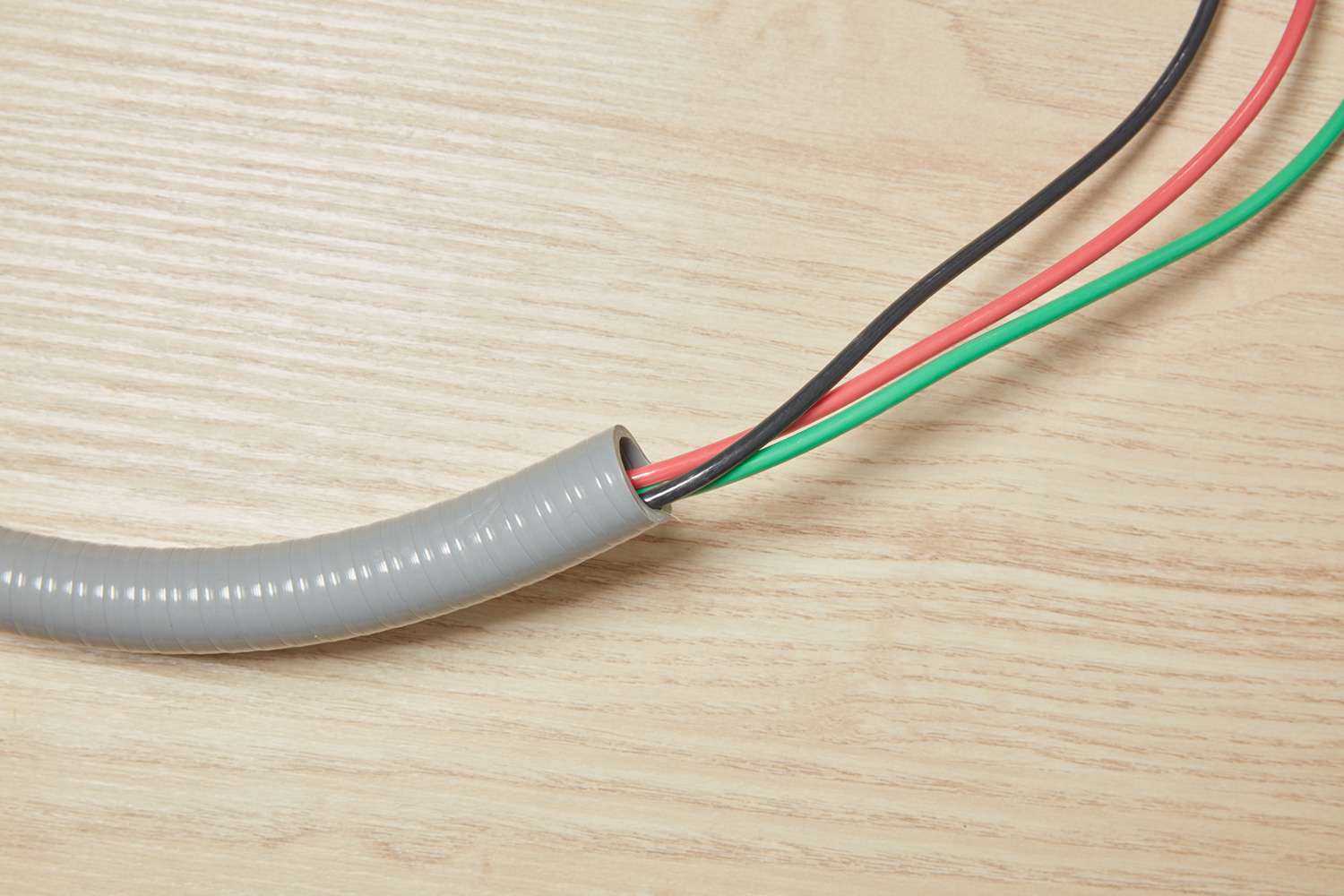
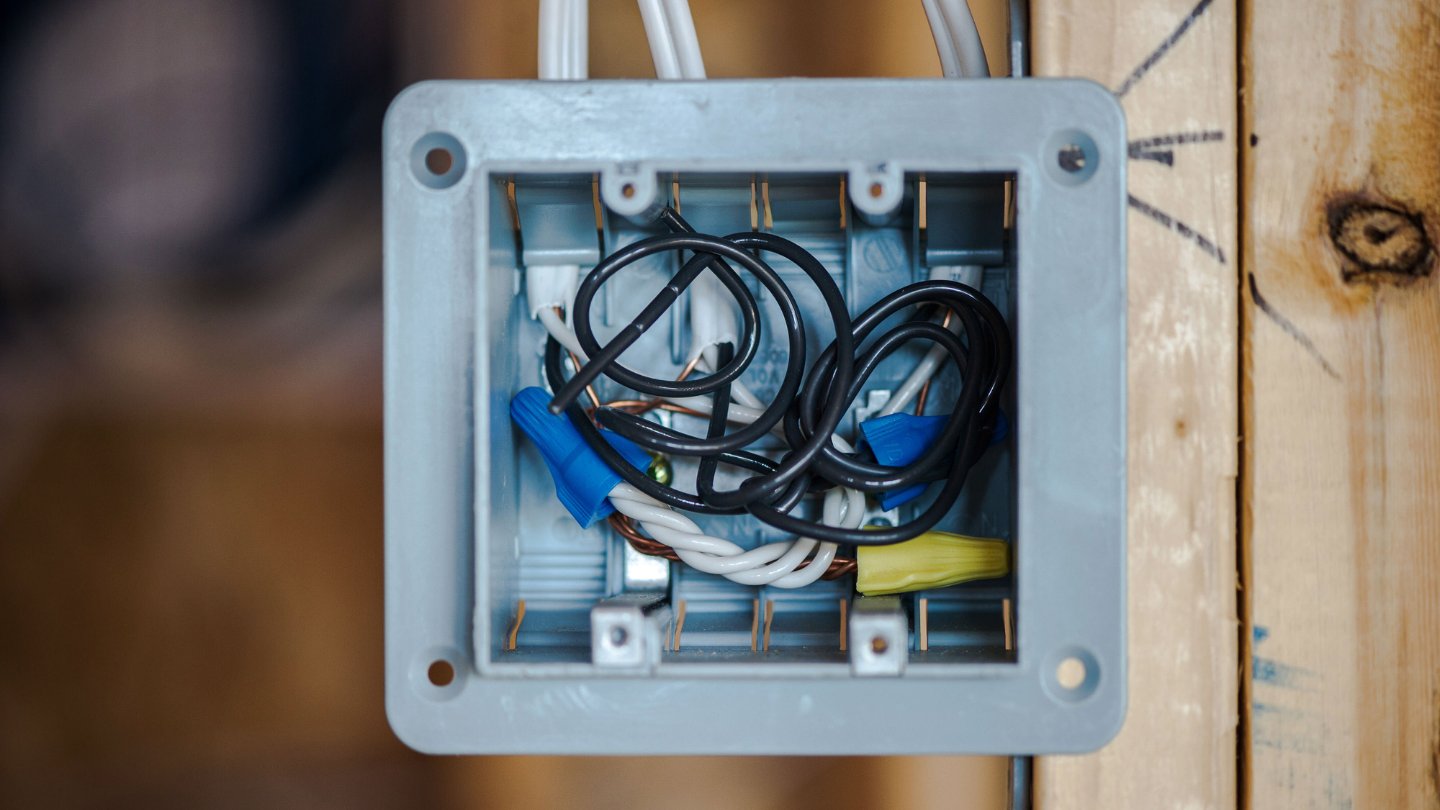
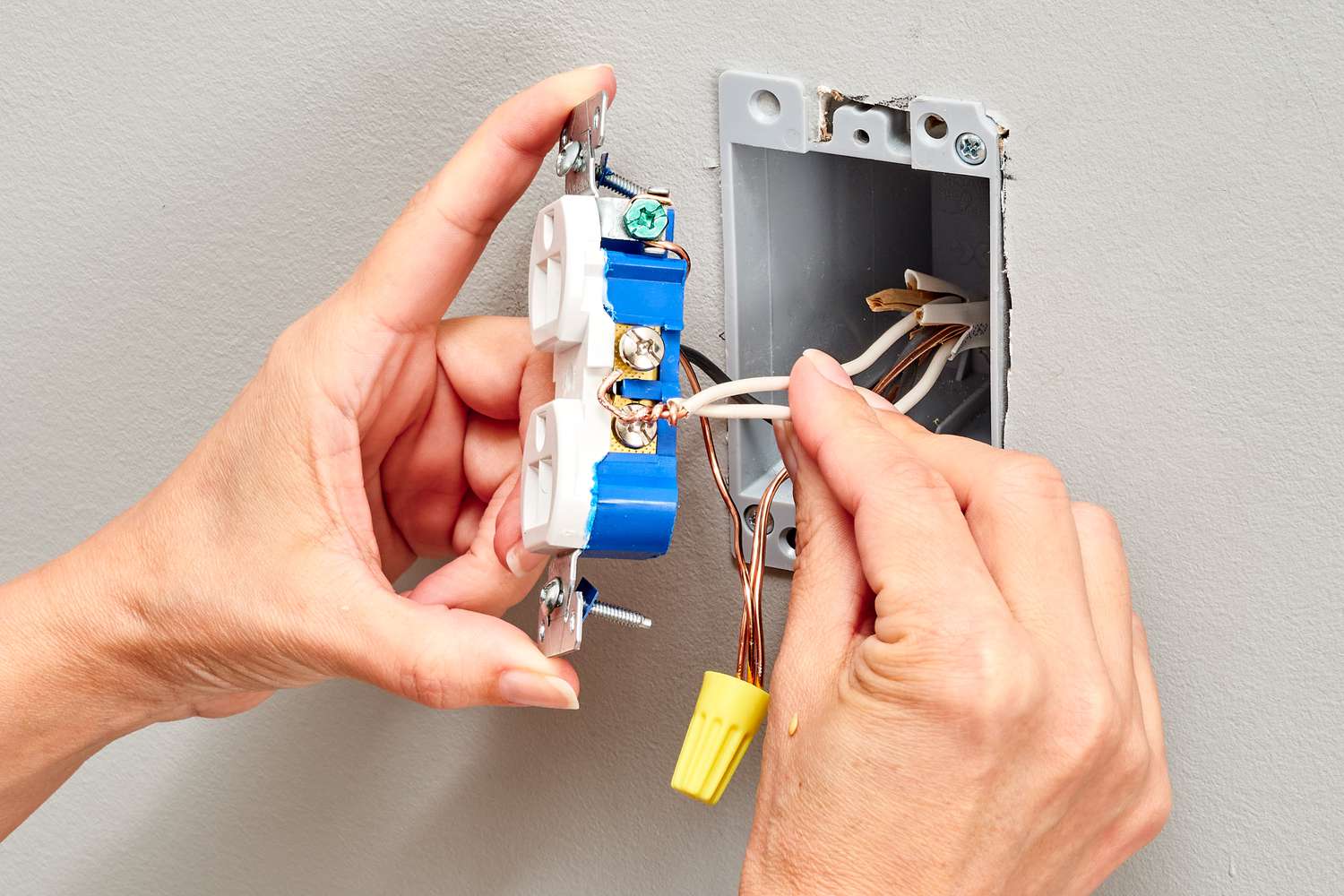
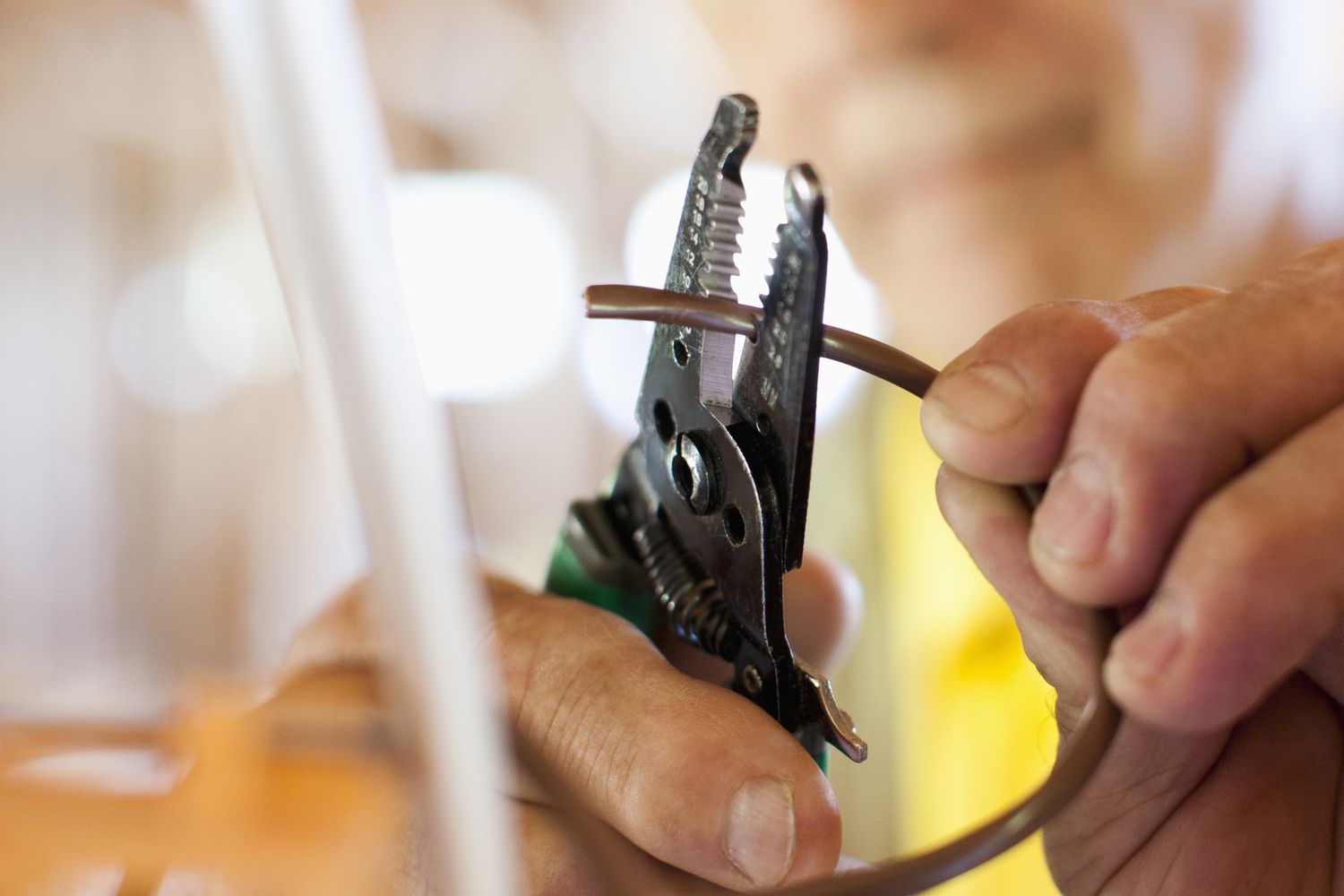
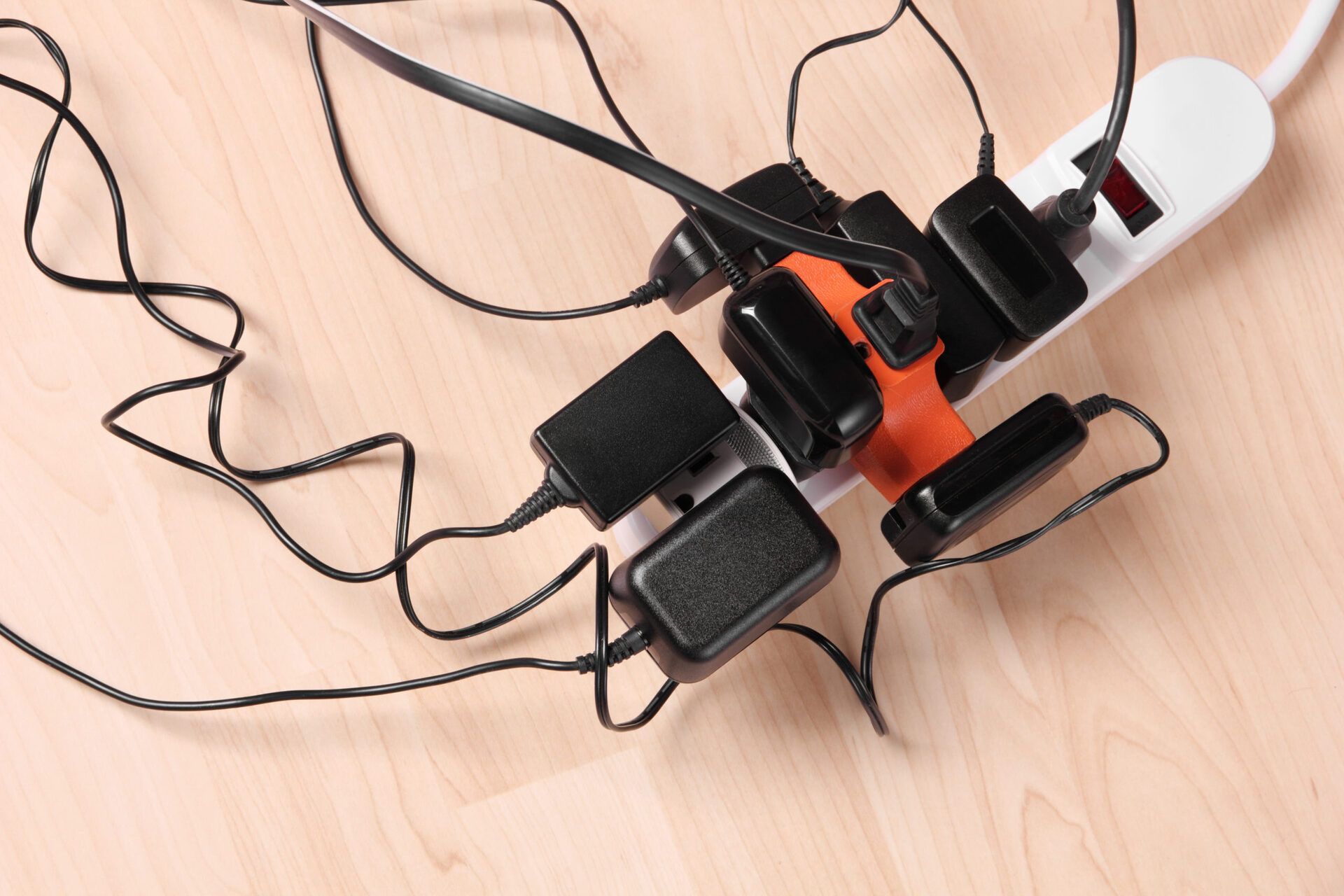
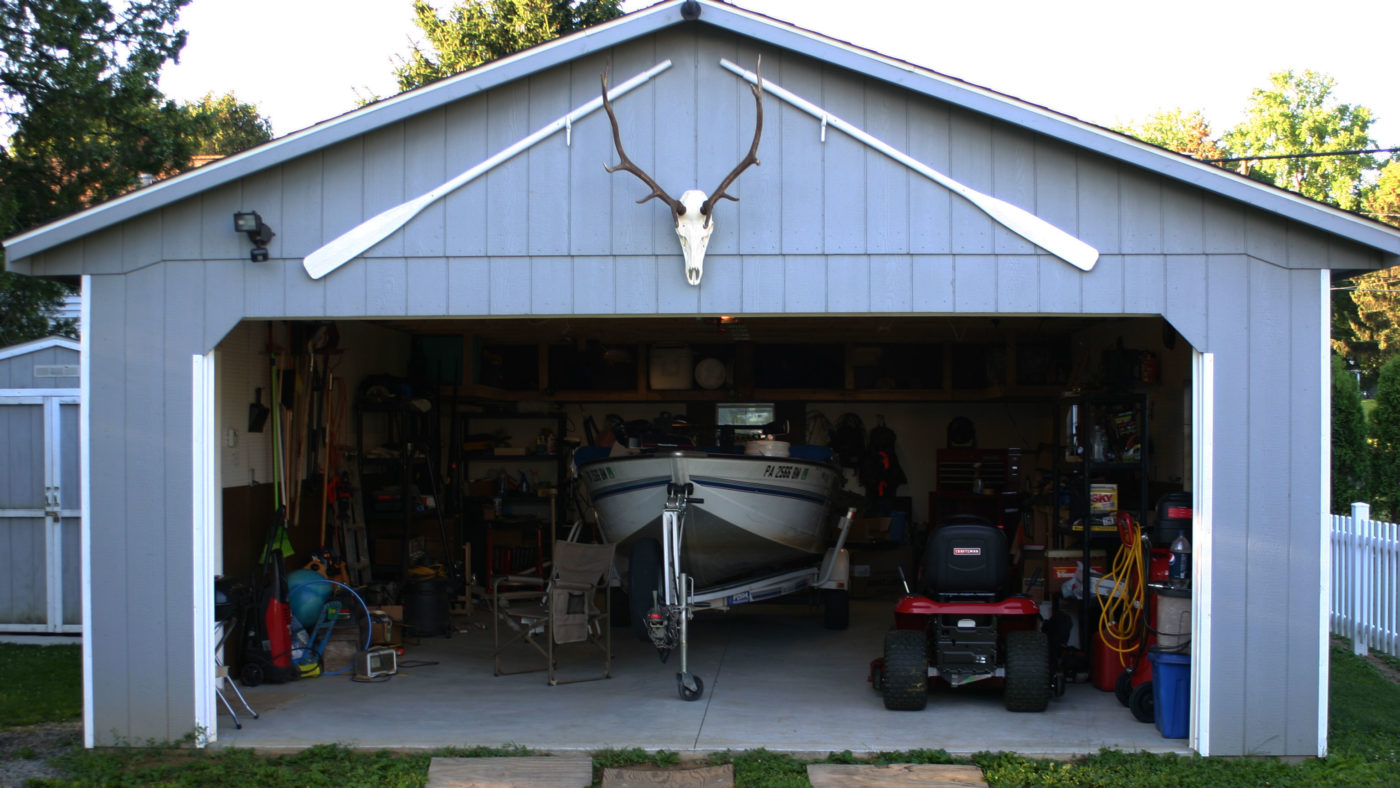
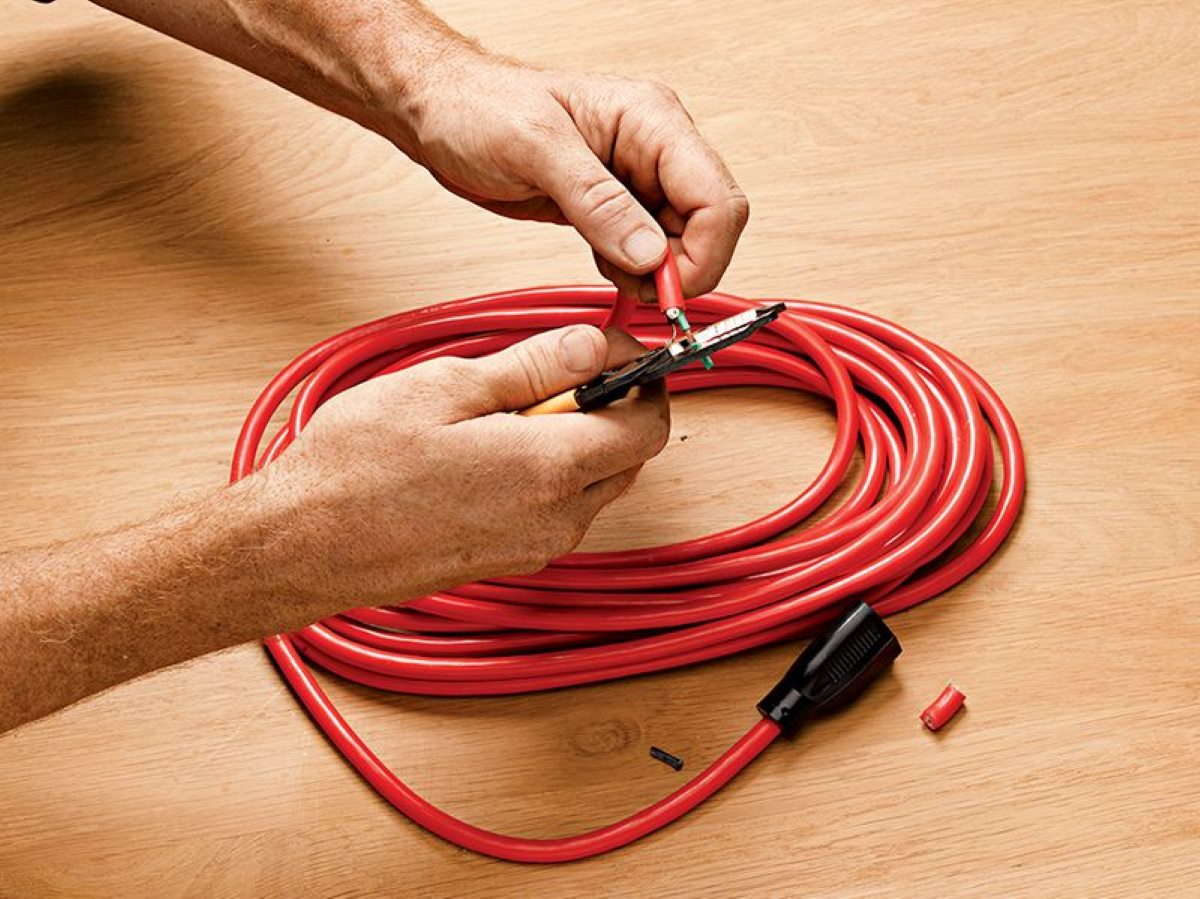
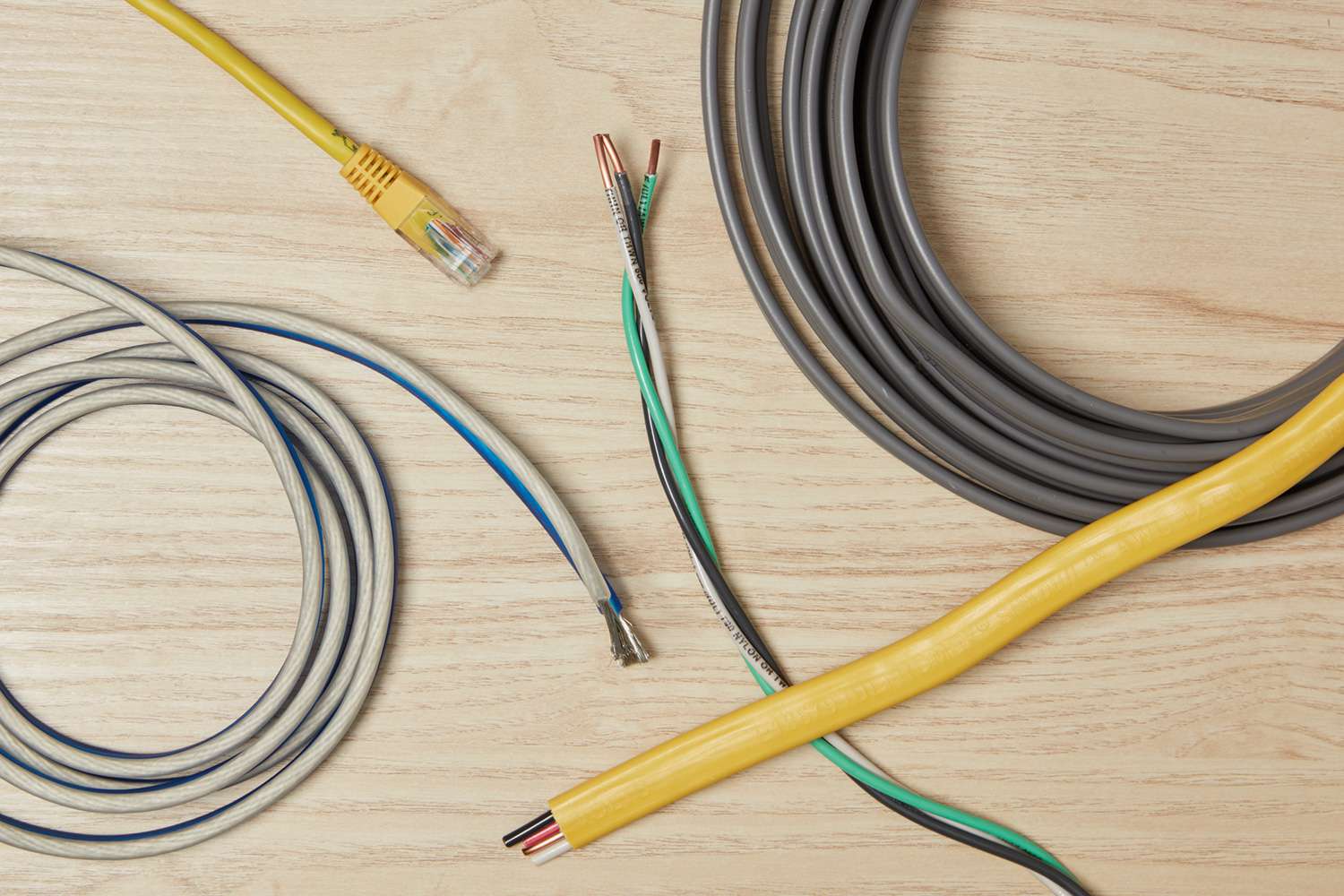
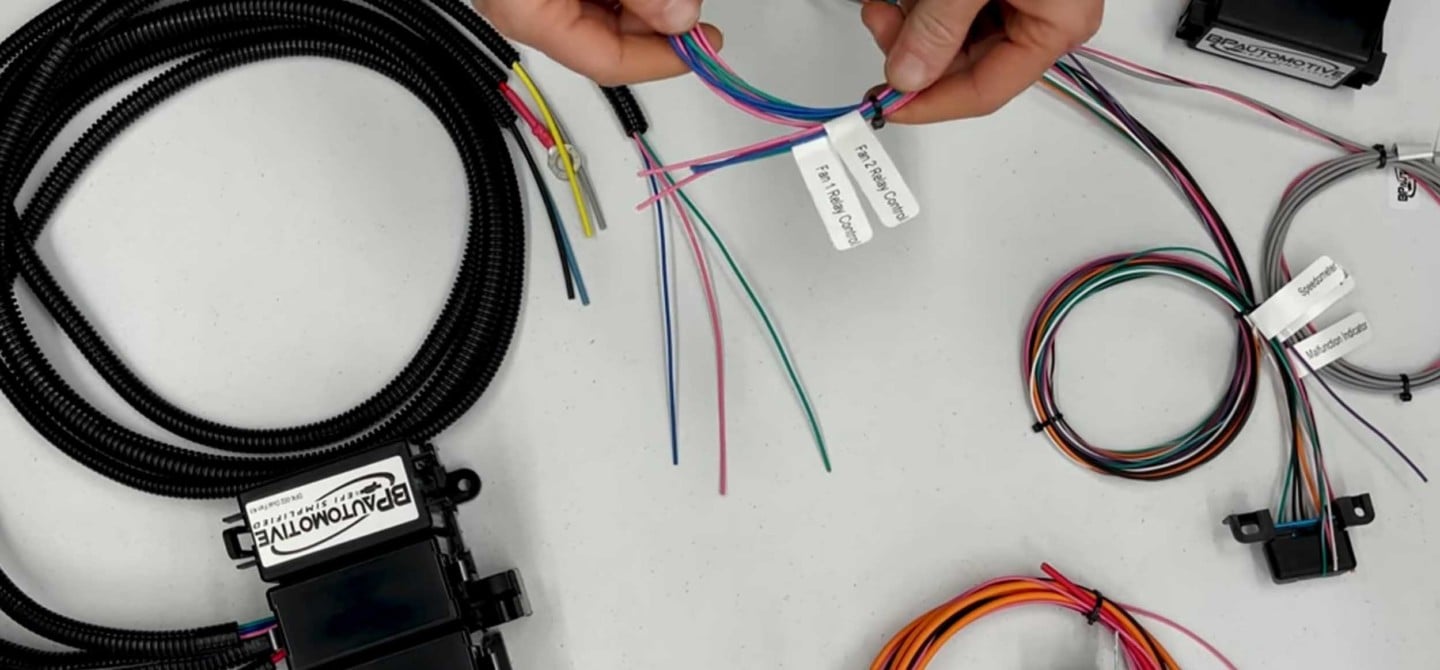
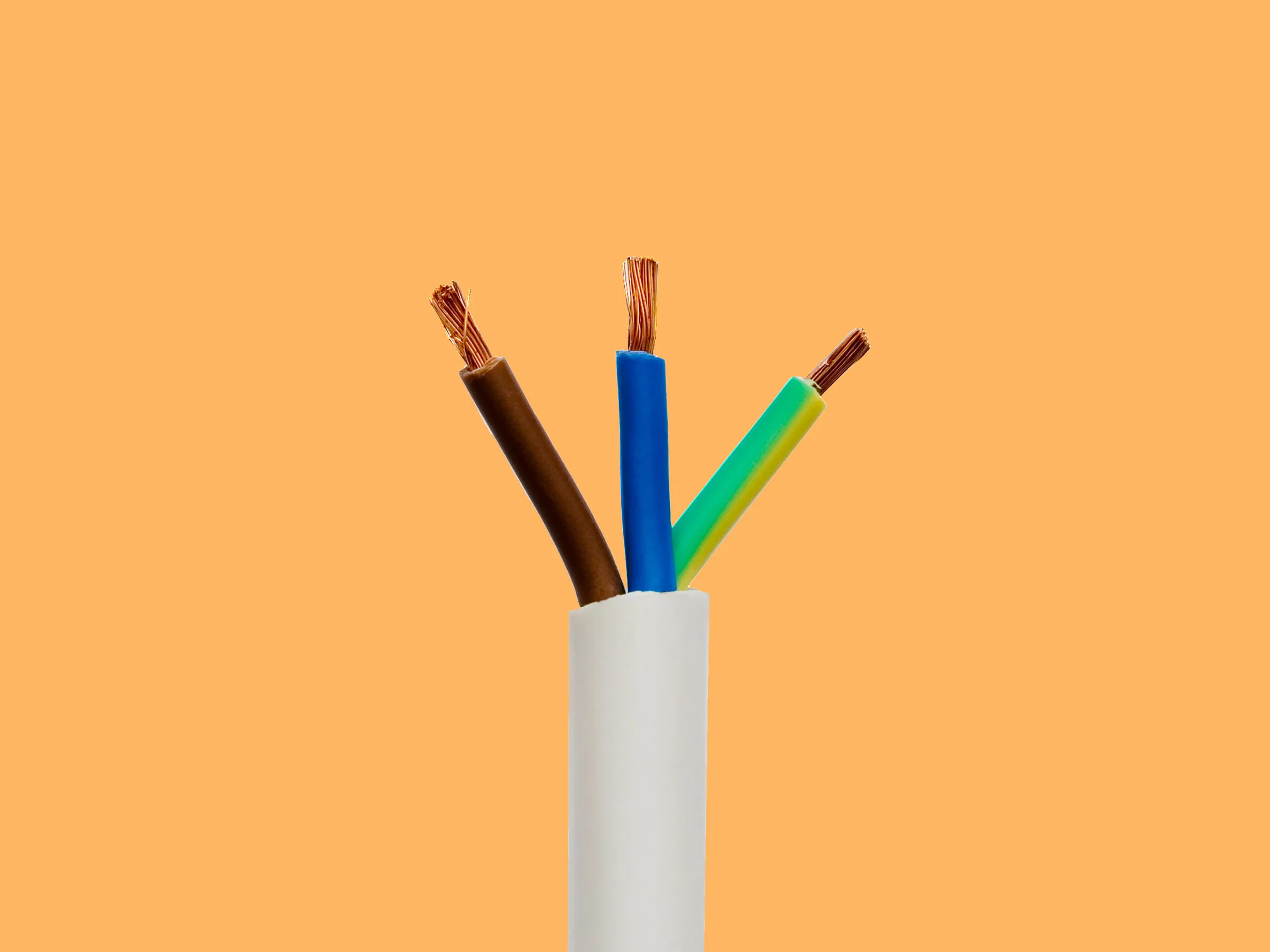

0 thoughts on “How To Lengthen An Electrical Wire”